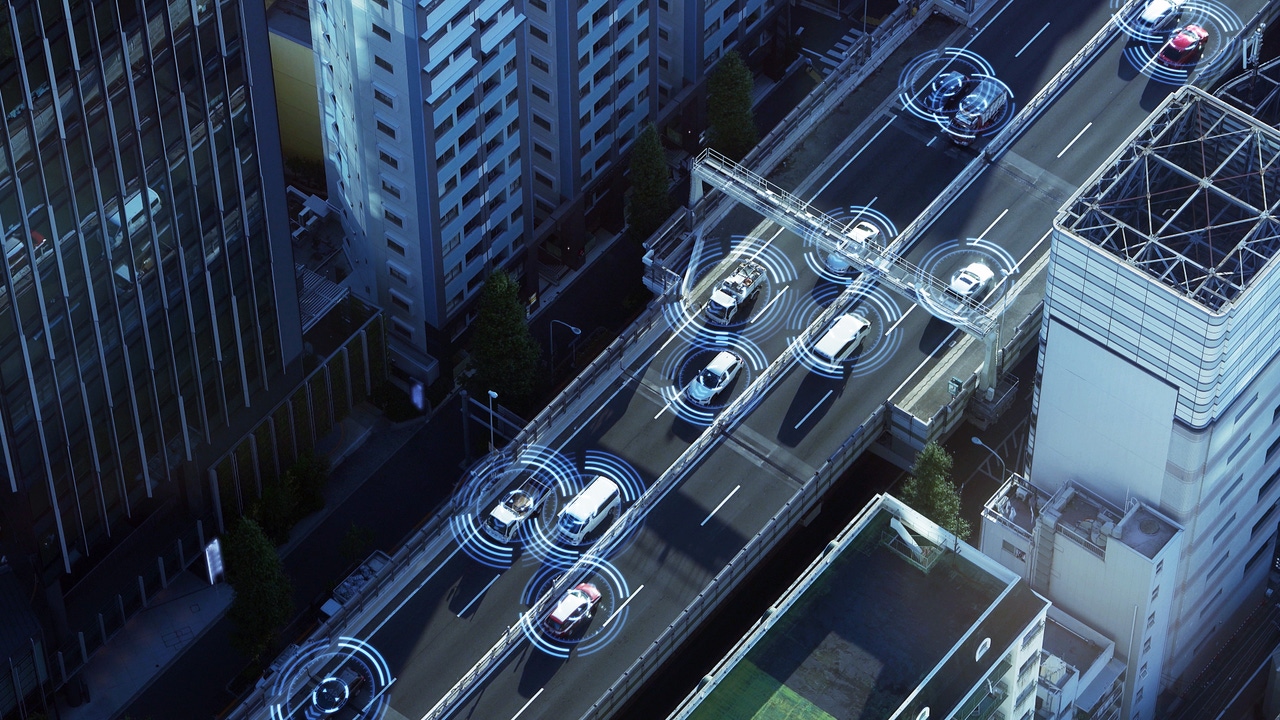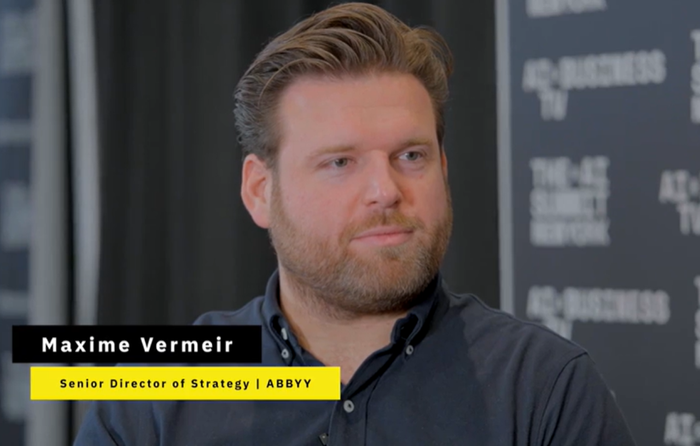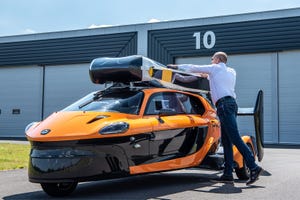Vehicle-to-Everything Communication Gets New Roadmap
US transportation department releases roadmap for automatic communications from cars

The Department of Transportation (DOT) is looking to accelerate the rollout of vehicle-to-everything (V2X) technology.
V2X allows vehicles to communicate wirelessly, and the safety benefits have long been discussed, but now the transportation department has made a move to speed up its deployment by outlining a roadmap in an official document titled: “Saving Lives with Connectivity.”
The plan is intended to guide the implementation of V2X across the U.S., aiming to play a key role in supporting the DOT campaign to reduce road fatalities.
“The department has reached a key milestone today in laying out a national plan for the transportation industry that has the power to save lives and transform the way we travel,” said U.S. Secretary of Transportation Pete Buttigieg.
“The Department recognizes the potential safety benefits of V2X, and this plan will move us closer to nationwide adoption of this technology.”
With V2X, cars can communicate with each other and other road users, such as pedestrians and cyclists, as well as roadside infrastructure, through wirelessly exchanged messages.
This would allow the sharing of information that could have a dramatic effect on improving road safety, including the location and actions of vehicles, updates on traffic and even prevailing conditions, such as the where roadworks are sited or whether poor weather is imminent.
Armed with such relevant info, the theory is that road users would be better prepared and less likely to drive in a fashion that might endanger others.
V2X provides connectivity through direct and network communication. The former relies on in-vehicle or aftermarket devices to exchange structured messages while the latter leverages mobile networks to allow vehicles to send and receive them.
To facilitate the rollout of V2X, the DOT requires the buy-in of a large number of stakeholders, including automakers, suppliers, app developers and the Federal Communications Commission, which would have to decide on wireless spectrum to be allocated for V2X.
There are also other issues to resolve, such as the massive investment required to develop the essential infrastructure, and how to protect users from cyber-attacks.
Nevertheless, the department said it is suitably confident to target a timeline for the V2X infrastructure to be in place in 20% of the National Highway System by 2028, and all of it by 2036, when the top 75 metro areas would also have the technology enabled at 85% of signalized intersections.
Some automakers already are working on V2X, with Audi having showcased how it could make roads safer for cyclists and also schoolchildren traveling on school buses.
“The plan is a vital first step towards realizing the full life-saving potential of this technology” said Jennifer Homendy, chair of the National Transportation Safety Board. “V2X can help reverse the devastating public health crisis on our nation’s roads.”
About the Author
You May Also Like








